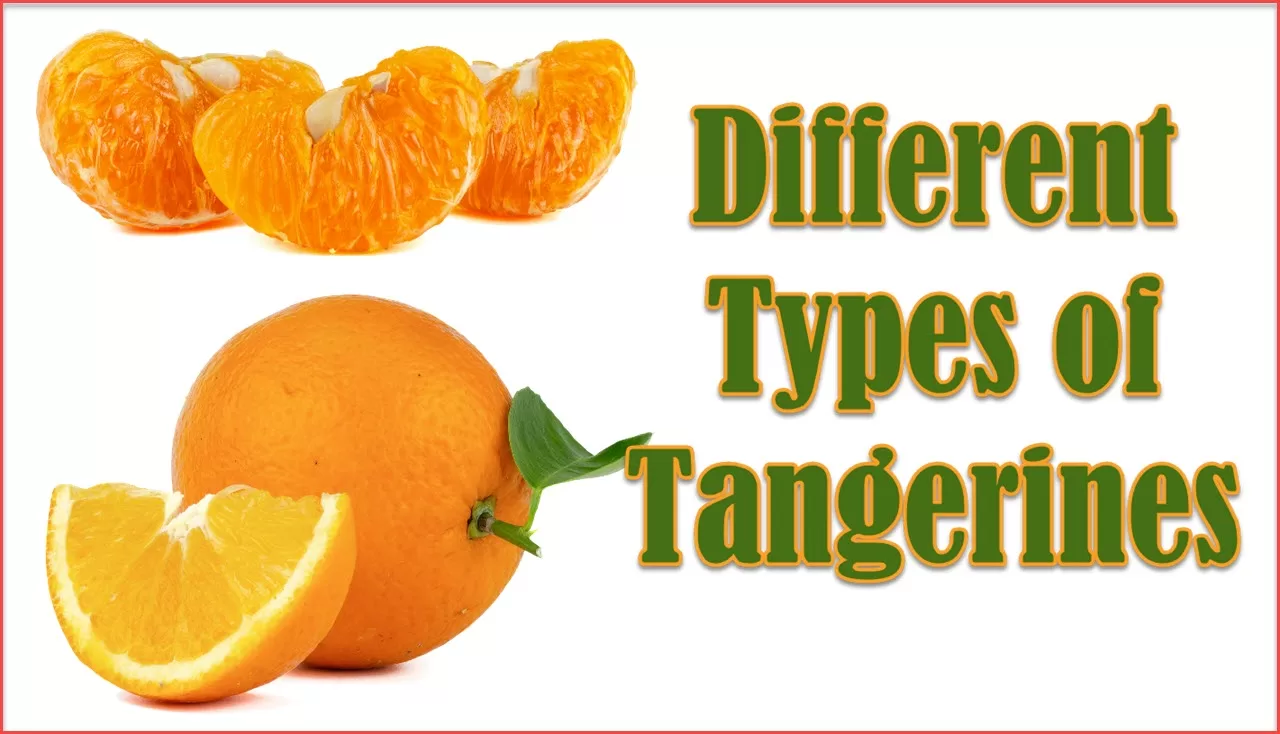The Tangerine, from the kingdom of Plantae and often referred to as Citrus x tangerina, is a variety of orange color citrus fruits that are composed of Mandarin orange and pomelo. At present, China is the leading country that has the most tangerine production. All tangerines are considered a family of Mandarins under the Swingle system.
These mandarin types vary from sweet to tart taste. Tangerines are also smaller in size and slightly rounded compared to standard oranges. They contain less sugar, less acid, and are more watery. When a Tangerine fruit becomes ripened, its skin becomes firm to slightly soft , making it easy to peel. The hybrids with deep orange to reddish (blood oranges) peel are mandarins, while tangerines have deepest red orange skin.
Tangerines are often peeled and eaten by hands. Fresh tangerine fruits are often use in salads, main desserts menu, and other recipes. While the fresh or dried peel is used as spices and ingredients for baking. The taste of the tangerine fruit is sweeter and less sour compared to an orange juice. The tangerines peak season usually started from autumn to spring.
Below are the leading Tangerine varieties that are mostly available in the grocery store and supermarkets.
Different Types of Tangerines
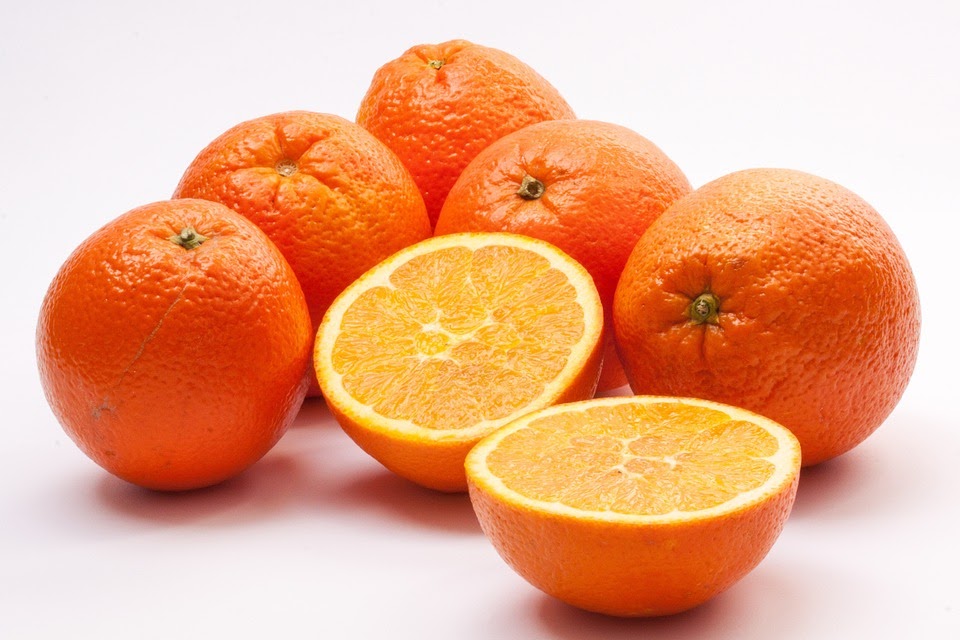
Navel oranges
The navel oranges or also known as the “winter” orange, is categorized as sweet orange under the genus Citrus x sinensis. It is known to be among the world’s tastiest oranges. This navel orange grows a second twin fruit opposite from its stem which remains undeveloped and bears a resemblance to a navel – which the name or term “navel” came from. This winter citrus fruit is seedless and is easy to peel.
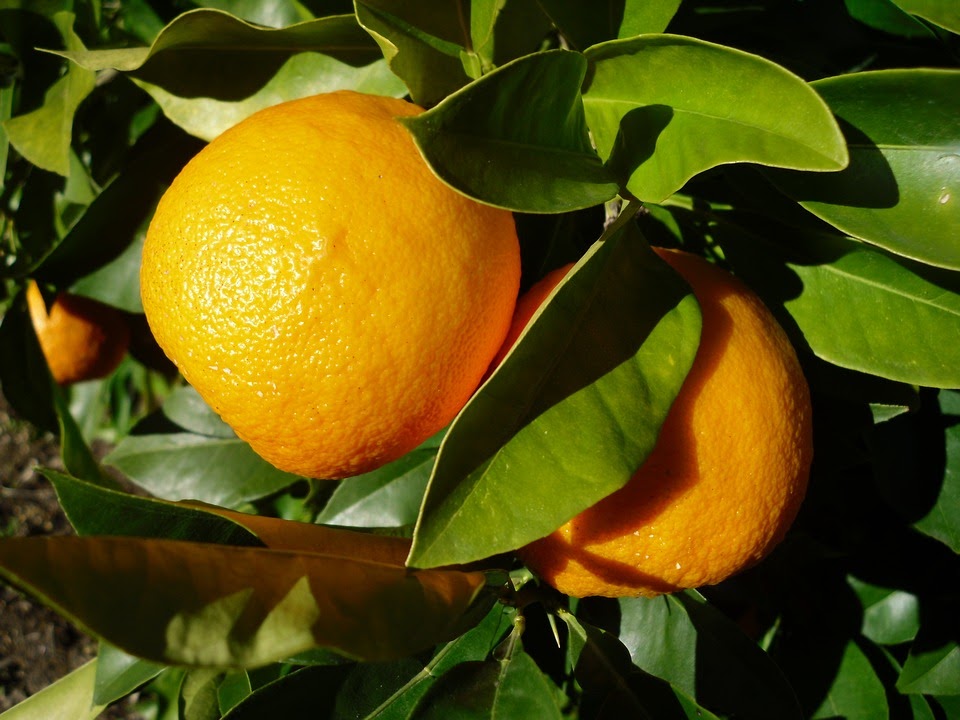
Seville oranges
Seville orange is native to Southeast Asia. It is classified as Citrus aurantium and a member of Rutaceae family. It is considered as tangerine because of its smaller size and easy-to-peel grinds. This type of tangerine has a bitter or sour taste. It has an exceptional savory taste compared to sweet oranges. It has an average size from 7-8 cm in diameters. Its thick and yellow-orange skin is made of countless oil glands that produce floral with a light bitter fragrance. Its flesh color is yellow to deep orange which is soft and juicy. Seville oranges are filled with cream-colored seeds and taste bitter, acidic, and sour which made them an ideal ingredient in making orange marmalade. This citrus fruit is rich in thiamine, vitamin C, and dietary fiber. Its peak season is from winter to early spring.
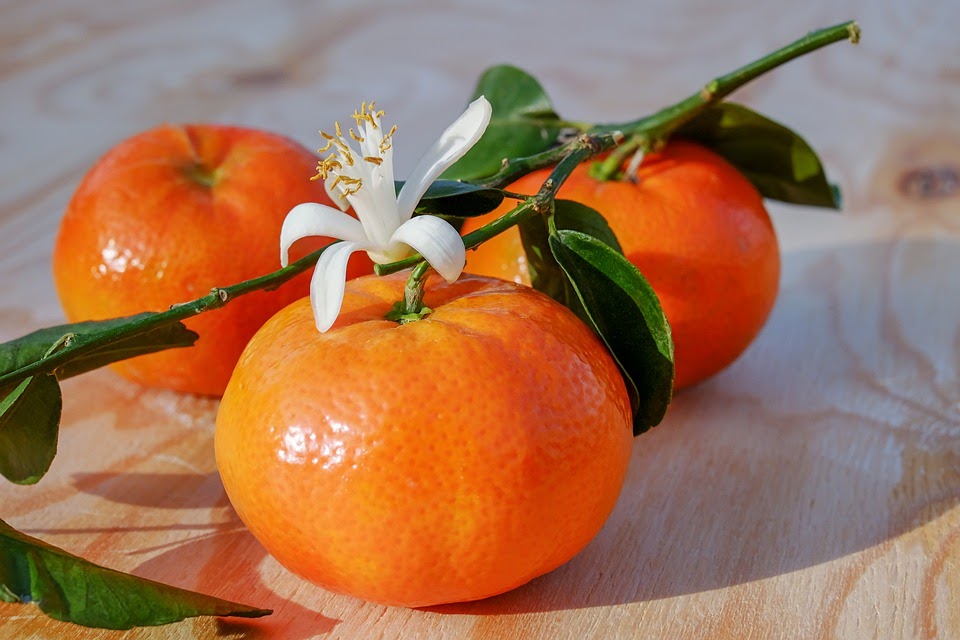
Clementines
Clementines are citrus varieties originating from Mediterranean Algerian and grown immensely in California. The Clementine fruit has a sweet and juicy flavor. It has a small to medium size and its skin is easy to peel. The fruit ripens from January through early April. They are often sold during the Christmas season.

Ponkan
Ponkan or also known as Chinese Honey Mandarin, is one of the oldest tangerines. It has seeds and is larger compared to most mandarins. Ponkans were introduced in Florida around 1880. The Chinese Honey is notable for its sweetness and juiciness. And just like other tangerines, Ponkan fruits are easy to peel. They can be eaten fresh or as a beverage.
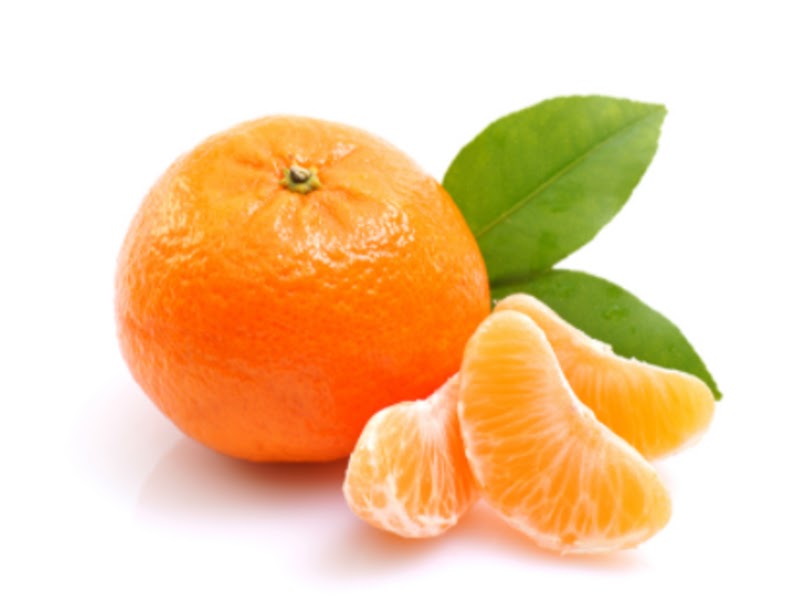
Dancy Tangerines
Dancy, known as a Christmas tangerine and a zipper-skin or kid glove tangerine, is among the oldest and famous American citrus varieties. Its seedling was grown by Colonel Francis L. Dancy in 1867 and was assumed to come from Morocco. The fruit has a juicy-red meat and an easy-to-peel rind. It is small to medium-sized, has seeds, and is moderately juicy.
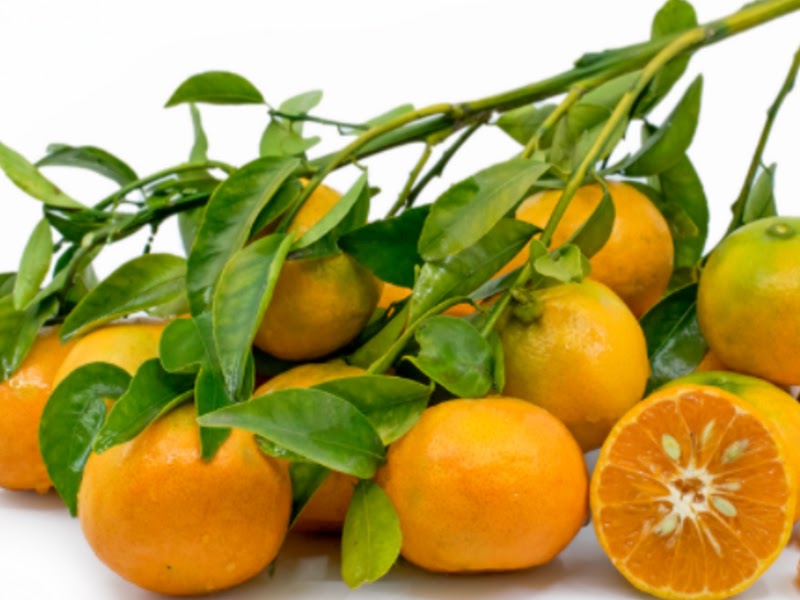
Encore Tangerine
This tangerine variety has an average size of 5 cm in diameter. It has a yellow-orange peel with brown or dark spots which is loose and easy to remove. The fruit is firm, juicy, and sweet with overloaded seed. This group of tangerines also belongs to Mandarin family and are late season hybrid mandarin. Because of its spotted skin and seed content, encore tangerines are not the choice of the many. Yet, encore is a good source of calcium, potassium, and vitamin A. This mandarin variety is best eaten fresh or juiced. Encore Tangerines were recently shared via Specialty Produce app for iPhone and Android. This platform allows you to share your discoveries around the world.

Honey or Murcott
Murcotts are tangier that cross between tangerines and sweet oranges. The fruit has an average size of 2-3 inches in diameter and has a very sweet flavor. These mandarin oranges are rich in Flavonoids, Phosphorous, Magnesium, Calcium and Fiber. It also contains vitamin C and A. The seed parent is identified as King tangelo but its pollen parents remain unknown.

Satsuma
Satsuma, scientifically known as Citrus unshiu, is an easy-peeling and a semi-seedless species. According to stories, ‘satsuma’ is attributed to General Van Valkenberg’s wife. During this era, shipping of this cultivar was made. A million ‘Owari’ satsuma trees were brought in from Japan and were planted from the northern Florida Gulf coast to Texas. The satsumas are small to medium in size and looks similar to a flattened sphere. It is tender and has a sweet flavor that melts in your taste buds.

